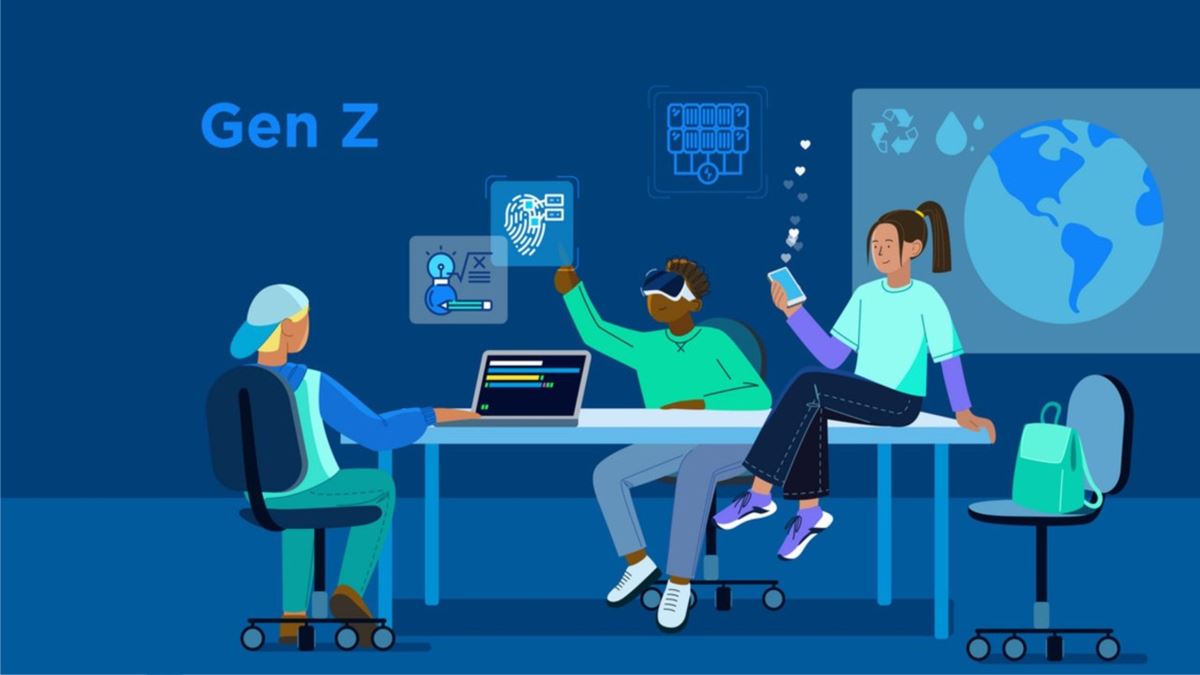Priya logs in at 9am sharp, fields her emails, updates her dashboards and attends three virtual meetings. Her reports are flawless, her responses prompt, her metrics impressive. Yet her manager senses something amiss. The spark has vanished. The probing questions have stopped. The creative friction that once drove innovation has been replaced by an eerie compliance.
Priya has become a corporate zombie—and she’s not alone.
This isn’t science fiction but a spreading workplace malady across India’s corporate sector. As generative artificial intelligence becomes ubiquitous in offices from Bangalore to Gurgaon, employees are outsourcing not just mundane tasks but their thinking itself. Recent research by MIT’s Media Lab found that workers who relied on AI for writing or strategic planning showed diminished mental engagement, not just during tasks but afterwards. Their minds became quieter, more passive, less curious.
The implications are profound. Whilst AI promises to free humans from drudgery, it may be sedating the very faculties that make us human: creativity, critical thinking and emotional nuance.
“There is a little fear and a lot of curiosity,” observes Sriharsha Achar, a seasoned HR leader, “but what worries me is how easy it’s becoming to stop thinking. Leadership has to intervene now—or risk losing what makes teams human: their mental sharpness, creativity and energy.”
The dangerous trade-off
The modern Indian workplace has become a battleground between speed and depth—and speed is winning. AI churns out lightning-fast outputs with stunning fluency. For overstretched teams juggling multiple projects, it’s a godsend. For executives chasing quarterly targets in India’s competitive market, it’s fuel. But for the human mind, it may be a sedative.
Pankaj Lochan, CHRO, Navin Fluorine, frames the problem elegantly: “AI is like salt. Add it in the right proportion, and it enhances the flavour of human judgement. Add too much, and it ruins the dish.”
The issue isn’t technology itself but dependency. Many Indian companies still measure productivity by visible output—tasks completed, reports filed, emails answered. AI fits perfectly into this model, making everything faster and sleeker. But this creates a dangerous trade-off: productivity versus purpose.
“Fast output is not always valuable output,” argues Achar. “If AI writes a flawless email in five seconds, but no one questions whether it reflects the company’s tone, ethics or strategic intent, then what’s the point?”
The turning point
The solution lies not in abandoning AI but in redefining our relationship with it. Both Achar and Lochan emphasise that “the future of work is not man or machine—it is man with machine.” The moment we allow AI to replace decision-making instead of enhancing it, we dilute our ability to respond to nuance, emotion and complexity.
This requires intentional leadership and structural change. Here are six strategies to rebuild mental engagement:
Redefine productivity: Move from measuring output to outcome. Recognise originality, risk-taking and thoughtfulness—not just speed. A product team might brainstorm ten AI-generated taglines in two minutes, but if they don’t resonate with the brand, is it progress or noise?
Make thinking visible: Ask employees to explain their reasoning—why they chose an AI-generated solution, how they evaluated it, what they might have done differently. This forces people to stay engaged rather than becoming passive conduits.
Encourage collaboration, not replacement: Reverse the sequence of decision-making. Ask employees to form opinions before consulting AI, ensuring humans remain primary thinkers with AI as supplement, not source.
Design AI-free thinking zones: Create spaces where analogue thought is encouraged—whiteboards, post-its, group debates. Designate “No-AI Thursdays” where tasks must be completed using only human effort.
Reward intellectual risk-taking: Celebrate those who challenge norms or try bold ideas, even if they fail. Create recognition categories like “Best Experiment” or “Smartest Failure” to shift culture from compliance to creativity.
Invest in cognitive fitness: Like physical fitness, the brain needs deliberate exercise. Offer debate clubs, reading circles, cross-functional rotations or design-thinking sprints to stretch mental capabilities.
The resolution
Corporate zombieism isn’t a distant dystopia—it’s already here, subtly transforming India’s workplaces. The symptoms are deceptive: employees appear productive whilst becoming less mentally alive. They execute efficiently but rarely innovate or challenge.
AI isn’t the enemy. Used thoughtfully, it can be a brilliant partner, amplifying capabilities and freeing humans from drudgery. But when we hand over our thinking, we risk something far greater than inefficiency—we risk irrelevance.
The stakes couldn’t be higher. In an era of artificial intelligence, the competitive advantage will belong not to the busiest companies but to the most mentally awake. Those that preserve human curiosity, creativity and critical thinking will thrive. Those that don’t will find themselves with workforces that are fast, efficient and obedient—but not truly alive.
To lead in the AI era, we need better tools and braver humans. Humans who question, imagine and defy. The future belongs not to corporate zombies but to those who refuse to stop thinking.
Source – https://www.hrkatha.com/features/how-ai-is-creating-a-workforce-of-the-mentally-walking-dead/



















